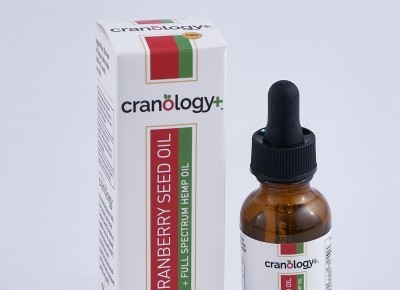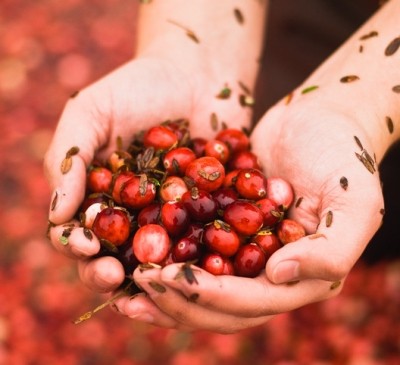Fruit d’Or now testing cranberry ingredients for anti-adhesion activity at Rutgers

The company says it is now testing its cranberry ingredients for their anti adhesion activity at Rutgers University in New Jersey. This is the mechanism by which cranberry exerts its most mentioned health benefit, the suppression of urinary tract infections (UTIs), by interfering with the ability of harmful bacteria to adhere to the lining of the urethra. UTIs are most commonly seen in women, but can afflict men as well.
Cranberry ingredients vary
Amy Howell, PhD, of the Philip E. Mariucci Center for Blueberry and Cranberry Research at Rutgers, is one of the foremost experts on cranberry and is intimately involved with the Fruit d’Or testing program. She said there is wide variability among the cranberry ingredients on the market.
Cranberries contain an array of polyphenolic compounds but only some of them, the proanthocyanidins (PACs), are associated with UTI benefits. While a given ingredient might meet a test that asks the question “Is this cranberry?” it might still not do what the consumer expects a cranberry supplement to do, she said. And even when an ingredient contains a sufficient amount of PACs, where those are taken from in the cranberry matters, Howell said.
“Supplements are currently produced from all different parts of the cranberry. Whole cranberries are normally not dried and encapsulated because it would require consumption of a lot of powder to achieve a health benefit. Thus, extracts from either the juice, skin (pomace) or a combination of these are normally made and formulated into products,” she said.
“The dried juice portion contains soluble proanthocyanidins (PACs) and is normally included in more expensive supplements with more potent bacterial anti-adhesion activity. These are easily and reliably tested with the anti-adhesion assay,” Howell added.
“The pomace-based supplements contain PACs which are bound to the cellulose cell walls of the cranberry skins, making them insoluble. It is more difficult to test these supplements for anti-adhesion activity due to their insoluble components. Pomace-based products are normally much less expensive, but they are not nearly as effective as the juice-based supplements for promoting bacterial anti-adhesion,” she concluded.
Fruit d’Or has pioneered a testing technique using a MALDI-TOF instrument that it says can more fully characterize the kind of PACs within its products, distinguished as those with A-type (more desirable) and B-type linkages. The technique was developed in concert with Christian Krueger of the University of Wisconsin. It’s no coincidence that Wisconsin and New Jersey are both centers of cranberry production.
PACs subject to degradation
This test can verify that a given lot of material has not been adulterated with PACs from other sources, such as grape seeds or red peanut skins. But Howell said that even when the PAC profile of a given lot of material has been verified, the anti adhesion assay is still important. A given lot of material might meet spec and still be less potent depending on how it has been handled, because the PACs in cranberry can be degraded in many ways.
“Every lot should be tested because PAC content and anti-adhesion activity are not always linearly correlated. Just because a certain level of PACs is reported does not mean that those PACs are biologically active. PACs can be degraded by certain supplement processing techniques, exposure to humidity or complexation with certain excipients, which will negatively affect anti-adhesion activity. Testing each lot is important for standardization of commercial cranberry products and to make sure that consistency is maintained,” she said.
















